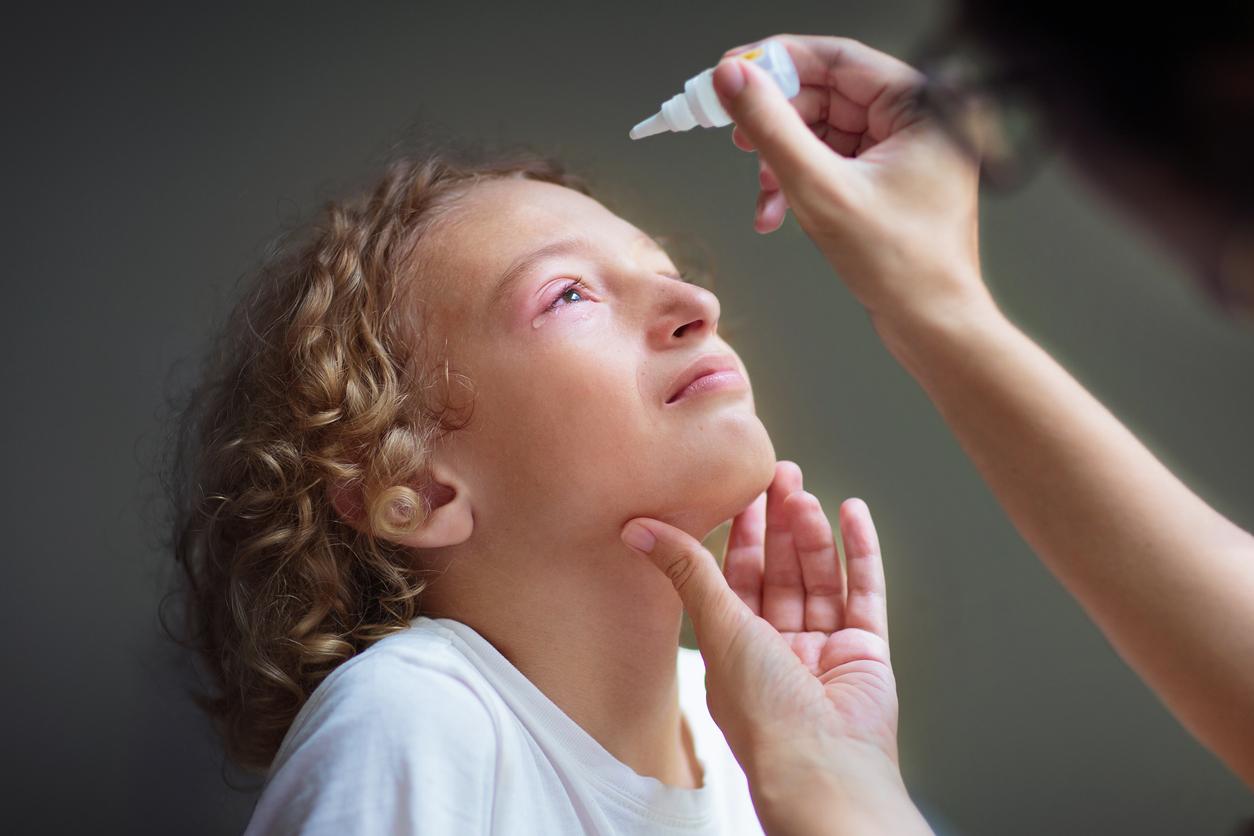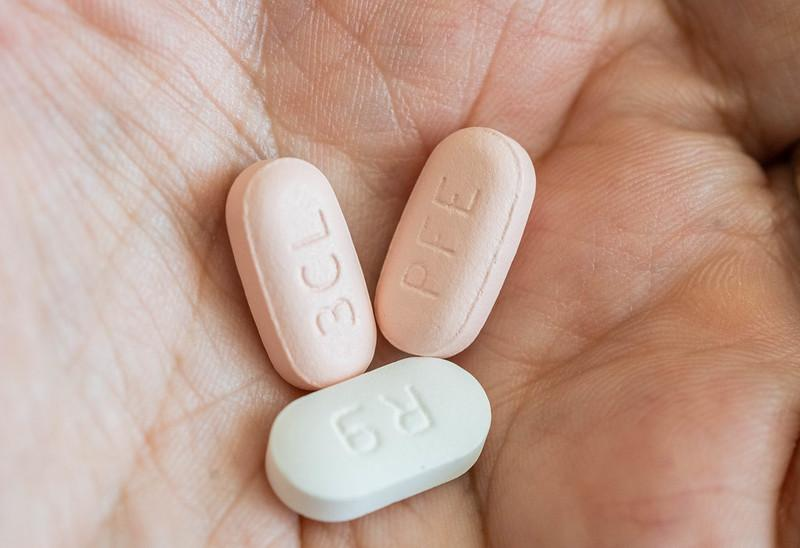
A study in China has found that COVID-19 is associated with poor sperm quality, researchers reported earlier this month in Scientific Reports.
To investigate the impact of COVID-19 on sperm quality, researchers with the Center for Reproductive Medicine at China Medical University conducted two studies among male patients who had come to their fertility center to receive semen analysis from early December 2022, when China loosened its COVID rules, through late January 2023. In both studies, researchers compared semen parameters between those who had contracted COVID-19 and those who had not.
The cross-sectional study included 604 participants who could provide semen samples after COVID-19, while the longitudinal study included 140 COVID-19–positive participants who could provide samples from before and after the infection and 149 uninfected patients who could provide two consecutive semen samples over time.
Reduced sperm count and sperm motility
In the cross-sectional study, the COVID-19 exposure group demonstrated significantly lower total sperm count (159.58 × 106 vs. 185.42 × 106), lower percentage of grade A sperm (5.37% vs 8.45%), lower progressive motility (24.74 ± 14.96% vs 28.73 ± 16.65%), lower total motility (32.04 ± 18.03% vs 36.91 ± 20.86%), and higher sperm DNA fragmentation index (DFI; 17.50% vs 11.75%) than the controls.
In the longitudinal study, after the infection, patients showed lower total sperm count (131.80 × 106 vs 173.63 × 106), lower percentage of grade A sperm (2.61% vs 8.50%), lower progressive motility (19.82 ± 13.68% vs 24.88 ± 14.97%), lower total motility (26.64 ± 17.35% vs 32.25 ± 18.69%), and higher DFI (32.10 ± 21.30% vs 26.49 ± 18.54%) than before the infection, while the negative controls showed the opposite changes.
Also in the longitudinal study, after the infection, 59.3% of the COVID-19–positive patients showed deteriorated sperm concentration, 57.9% deteriorated total sperm count, 71.4% grade A sperm, 65.0% progressive motility, 69.3% total motility, and 75.0% sperm DFI, while the changes in negative controls were all less than 40%.
"Further research is needed to observe the long-term effect of COVID-19 on sperm quality or reproductive outcomes," the study authors wrote. "In addition, there may be a need to constantly monitor the SARS-CoV-2 infection and integrate screening and diagnosis of the disease in the management of male infertility."

.jpg)












